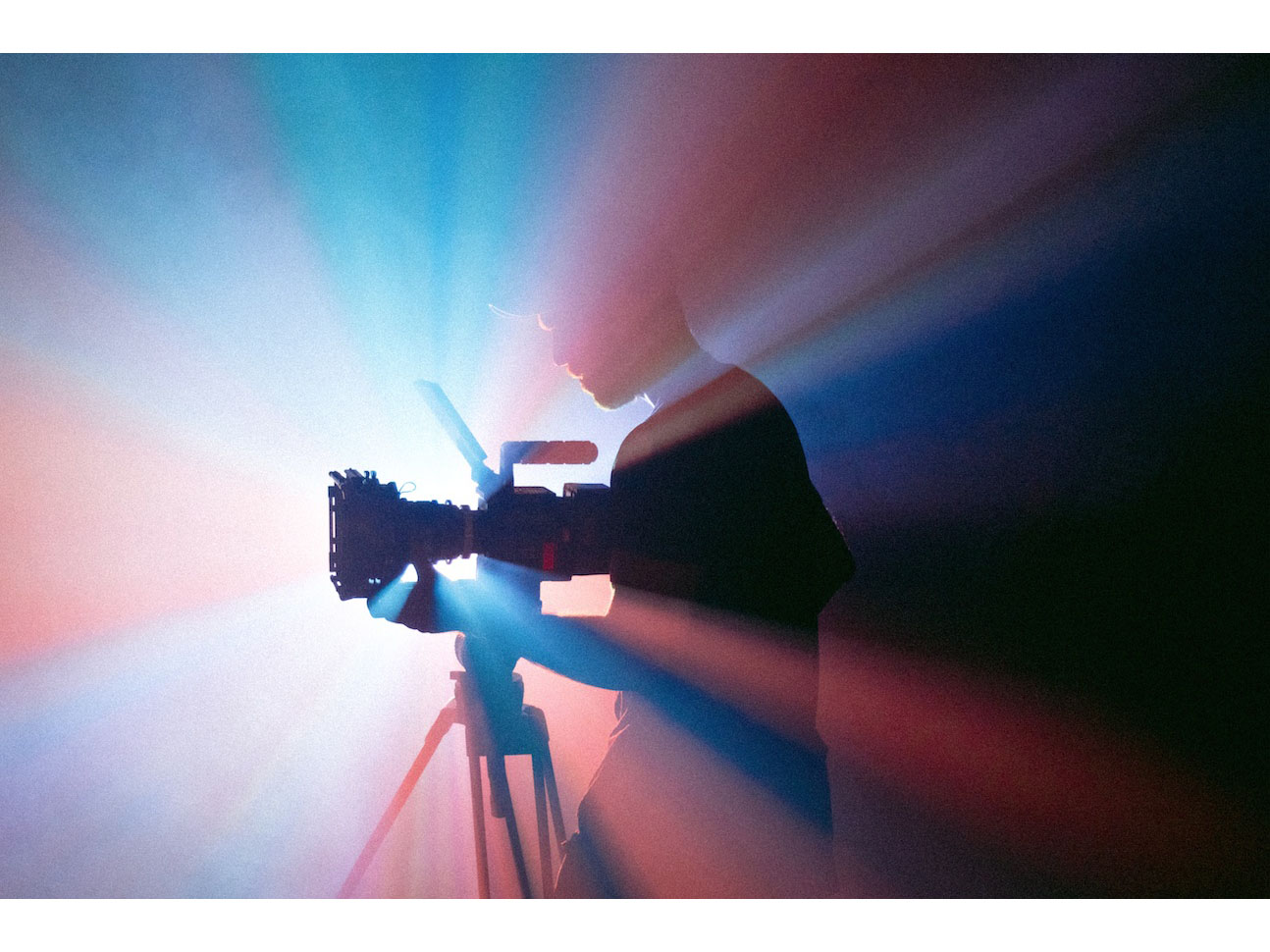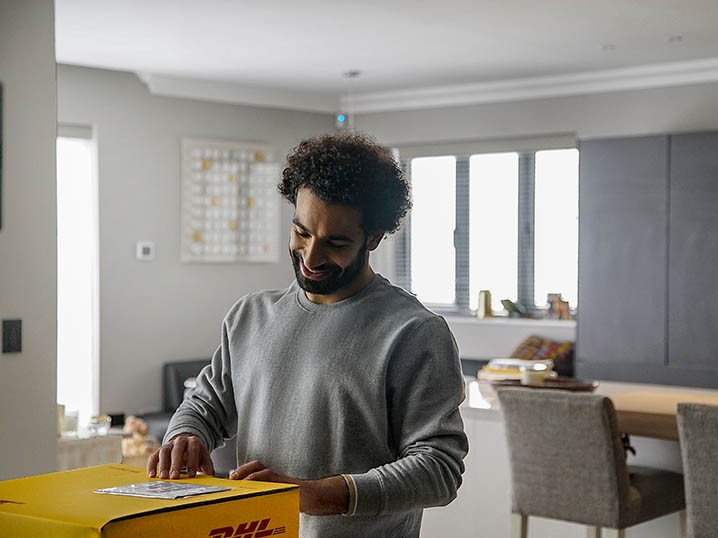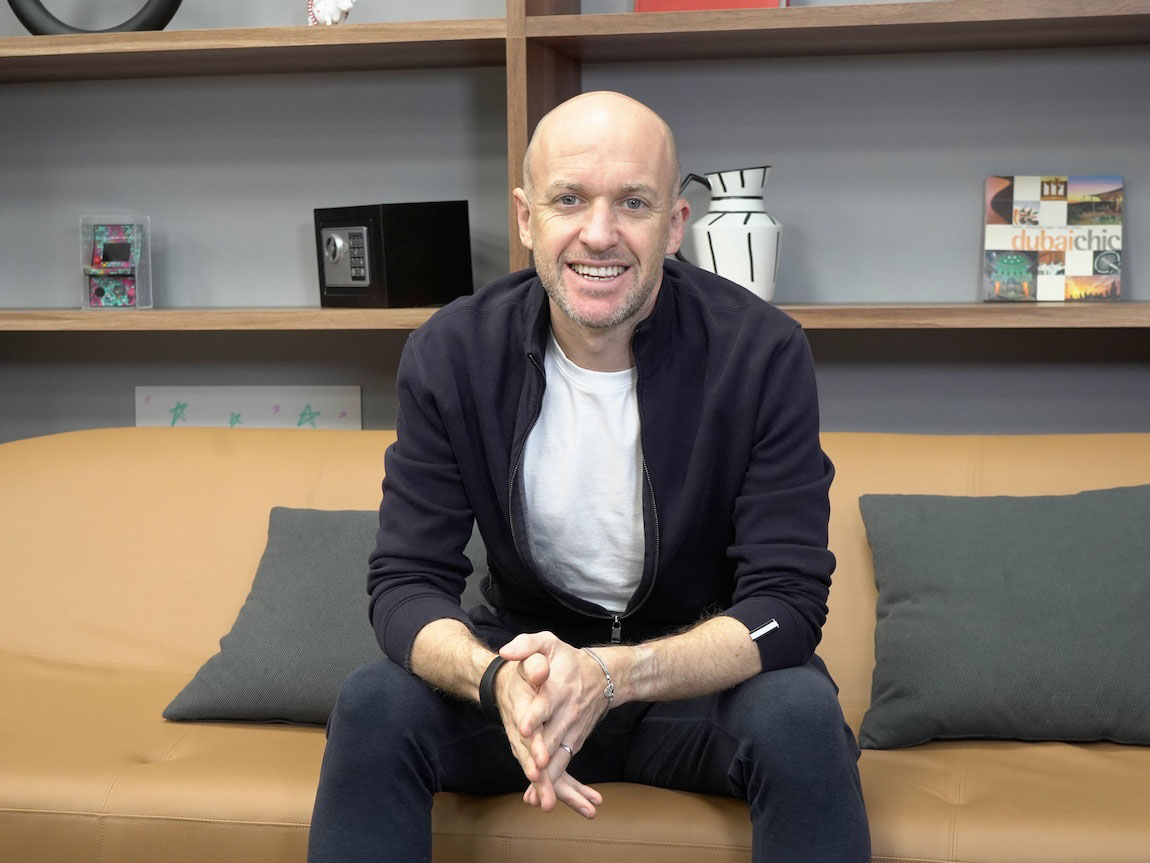Industry Talk
Production Industry: Back to the Future
by Iain Akerman
April 19, 2018
.jpg) Advertisement
Advertisement“The whole advertising industry is changing,” says Gabriel Chamoun, chief executive of The Talkies. “We see agencies producing content while production houses are developing creative departments. Even clients are doing in-house creative and production work.”
Like all other elements of the communications business, production is in flux. It mirrors deeper industry transformations. In effect production is being revolutionised by newer and increasingly cheaper technologies, a merging of disciplines, and the constantly evolving nature of consumer consumption. Throw in client cost-cutting, price wars and increased competition and what you’re left with is a turbulent and sometimes unsettling market.

“Today, we are seeing agencies producing content while production houses are developing creative departments…”—Gabriel Chamoun, The Talkies
“The industry worldwide is evolving,” admits Marwan Kanaan, founder and creative director at Kurve Studios, a CGI production house based in Beirut. “The scope of work is wider. Brands are shifting towards experiential marketing and they want to engage more and more with their customers. Virtual reality and interactivity are now being requested to complement the work we do as a CGI production house. Budgets are being spent more on digital than on TV and we need to be prompt in delivering content.”
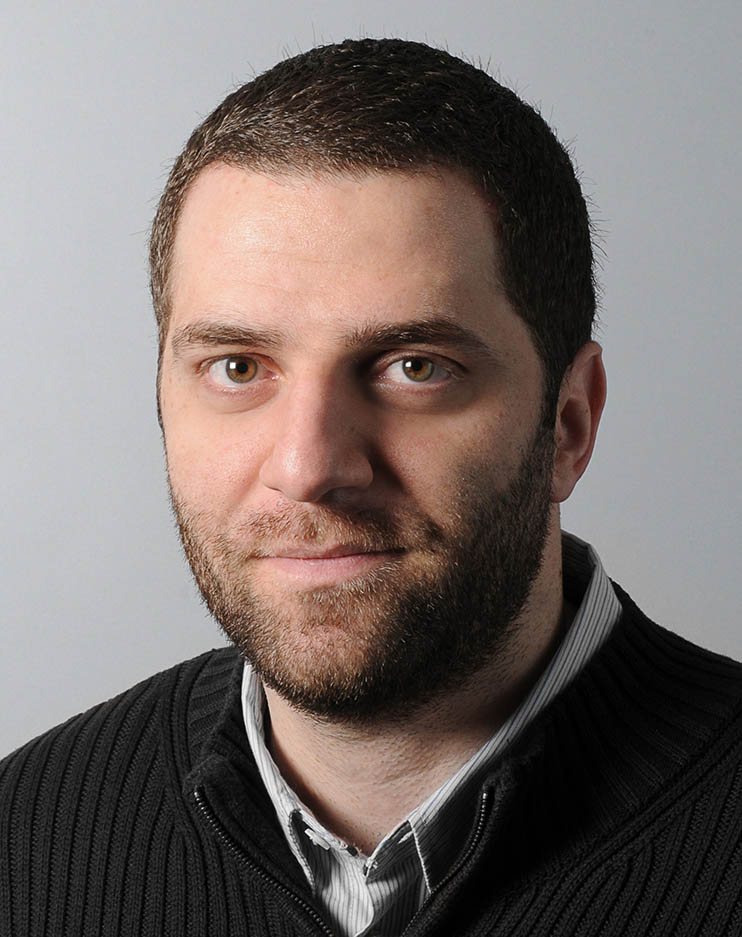
“Virtual reality and interactivity are now being requested to complement the work we do as a CGI production house.”--Marwan Kanaan, Kurve Studios
Where once the traditional production company reigned supreme, now it is under attack from all sides: from clients, from agencies, from fly-by-night operators carrying a Canon 5D and a laptop. Even from consumers themselves.
“The market is constantly changing and struggling to adapt to that thing that is constantly threatening to put us all out of business – user-generated content,” says Ali Ali, film director and co-founder of Cairo-based Good People. “Like they said in the film Ratatouille, ‘anyone can cook’. It seems today anyone can make ads. Moreover, the line is thinning between production house and agency. You see big production houses like Stink and Blink developing their own content departments and, vice versa, you have agencies like Leo Burnett developing their own production house (Prodigious). With smaller budgets and more cost efficiency, clients are increasingly moving away from the tired and old retainer model and are instead looking for a smaller more agile one-stop-shop solution.

“The market is constantly changing and struggling to adapt to that thing that is constantly threatening to put us all out of business – user-generated content.” --Ali Ali, Good People
“We are seeing this more and more in the Middle East as well. In Egypt, for example, smaller independent shops like Kairo, Mahdys, Tayara and us at Good People Content are doing far better (and far better work) than the Leo Burnetts or BBDOs of the world. Local talent is also gravitating towards them and shying away from the big agencies, leaving behind what is currently a huge talent void. Clients are no longer looking for agencies, they are looking for good ideas, and good ideas can come from anyone anywhere. Maybe that’s why investors around the world are now shorting WPP stock?”
For most, the primary concern remains reduced budgets, although these are slowly showing signs of upward mobility. Indeed, the past few years have been tough for production companies, just as they have been for the advertising agencies and brands they work with. Everyone is being hammered on cost.
Nowhere is this more apparent than in online film, where, just as Shane Martin, chief executive at Dubai-based Boomtown Productions said last year, there is a perception that simply because something is labelled ‘content’ the costs are halved. “This is so obviously not true that I sometimes despair,” he said at the time.
One person who is struggling to put a brave face on the situation is Toufic Traboulsi, chairman of Independent Productions in Beirut. He describes a market that is slow, with less work and a constant need to adapt. This includes reducing the size of crews, the equipment used, and all normal expenses.
Traboulsi’s main challenge? “Reducing production costs while trying to maintain standards,” he replies. “And facing the growing competition.”
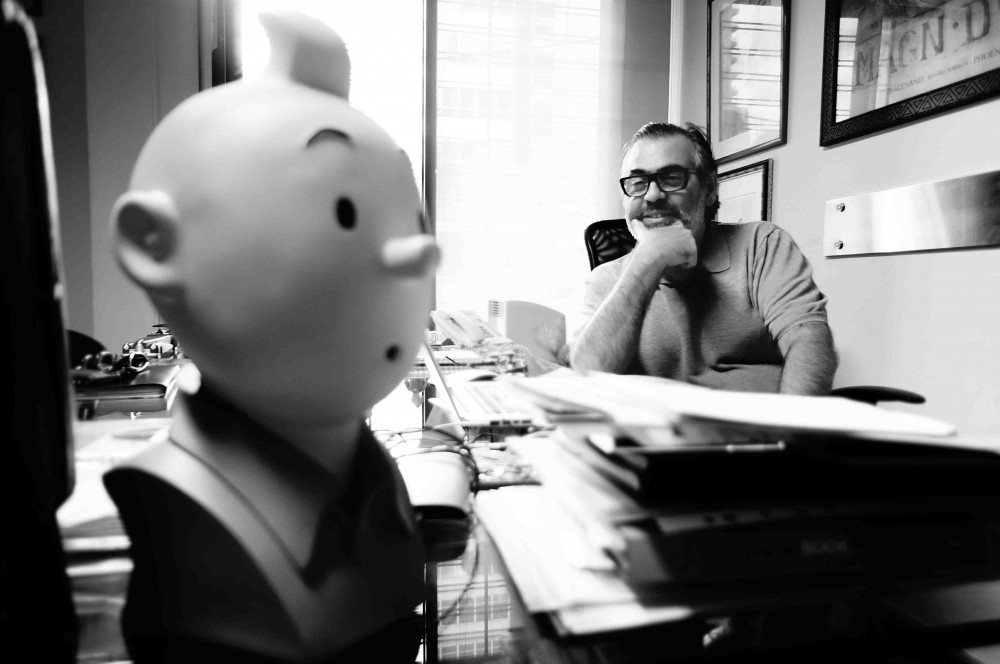
“Our main challenge is to reduce production costs while trying to maintain standards.” –Toufic Traboulsi, Independent Productions
This battle to maintain standards is of paramount importance. How do you maintain quality when everything is reduced? When costs are incessantly squeezed. When the map is being constantly redrawn.
“We are trying to build our content/creative department while at the same time maintaining the best production standards in the region,” explains Ali. “We want to be able to say we can come up with cool ideas, but hey, we can also craft them really well. Which has always been a shortcoming in this region. Marrying good ideas to good production. Or production that takes ideas to the next level.
“That’s not to say that our production standards haven’t come a long way for both Egypt and the Middle East. Our ads are slowly but surely starting to look a lot more like those coming out of Argentina or Spain or Brazil. We understand that there’s value in production and that it matters who you produce with in the end. We are not just a commodity. We have something to say or add. Good People may be the first production brand in the region, but I’m sure it wont be the last.”
If anyone is succeeding it’s Good People. Named both production company and independent agency of the year at the Dubai Lynx in March (a Lynx first), it consistently produces world-class work. Its goal for the coming year? To go global.
“One thing is for sure, Egypt is still kicking ass as far as TV is concerned,” says Ali, who didn’t attend this year’s Dubai Lynx (“I think I still need to get over last year’s flying kiwi grand prix,” he says). “Which is to say clients in Dubai and Saudi still need to loosen up a lot before they can begin to see good work.”
Each production house has its own way of dealing with the current situation and attempting to create better and better work. For Kanaan, that means increasing Kurve’s portfolio of clients and ensuring that the delivery of innovative ideas is constant. For Chamoun, it’s about talent and the utilisation of young directors eager to make a showreel for themselves. For Marc Hadife, founder and executive producer of City Films, it’s as simple as remaining passionate.
“It is becoming much harder to stand out,” admits Hadife. “I like it this way. Only the great artists will survive.”

“It is becoming much harder to stand out. I like it this way. Only the great artists will survive.”—Marc Hadife, City Films
For Ali Azarmi, co-founder and managing director of both Joy Films and Streetwise Films in Dubai, it’s about new business opportunities, new ways of working, and new talent. He describes a market that is divided into three categories: commercial film production, which is reliant on advertising agencies; online and digital film production, whose clients include agencies, brands and businesses; and production services companies, which cater to overseas production companies shooting in the region.
“The commercial film production market is perhaps experiencing more pressure than others, so the more diversified a film production company is the better it can navigate and adapt,” says Azarmi. “The challenges for digital/online production companies come from clients or agencies who do not understand the different production processes required and expect the mainstream approach. Often these are not compatible. Production companies must determine the appropriate process or formula.
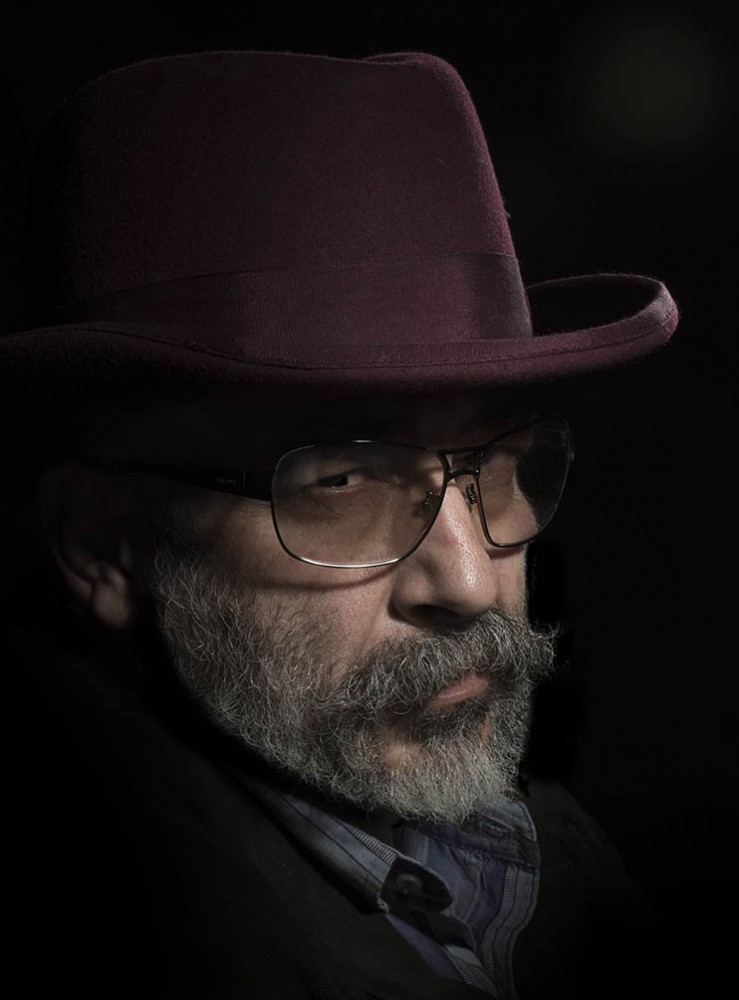
“The commercial film production market is perhaps experiencing more pressure than others, so the more diversified a film production company is the better it can navigate and adapt.” --Ali Azarmi, Joy Films and Streetwise Films
“For production service companies the challenge is to attract more business to the region when other regions may offer better incentives and value. So we must work together to change perceptions of what our region can offer.”
For this to happen the industry will have to work in unison towards a collective goal.
“Generally challenges are necessary to evolve,” says Azarmi. “They force us to explore and innovate. We have to act at an industry level to bring more business into our region. This means working with government entities and having a say on how to affect change to help our industry grow. Hence in the UAE, we now have established the Production Forum under the IAA to help our freelance community, to negotiate better terms and rates for permits, location etc. To implement industry best practices and standards.”
The majority are hopeful for the future. Production companies will continue to redefine themselves and “those who are most adaptable and agile will do best”, says Azarmi. TV production will continue to grow fast. The demand for high end content will rise.
“I think that as the region stabilises we will begin to see those bigger budgets again,” believes Ali. “That dead and buried faith in big budgets will somehow make a comeback, because contrary to common belief, with bigger budgets come clients with balls, and with clients with balls, come better ads. It’s really that simple. Not to mention better ads mean even ballsier clients and even bigger budgets. This adorable virtuous cycle of a happy creative – ballsier clients, bigger budgets, and better ads. Who wouldn’t want that?
“I think the start of 2018 has seen a (be it small) step in that direction. And hopefully by the end of the year we will be out this rut called a ‘one-day-shoot-on-a-5D-camera’.”




.jpg)
